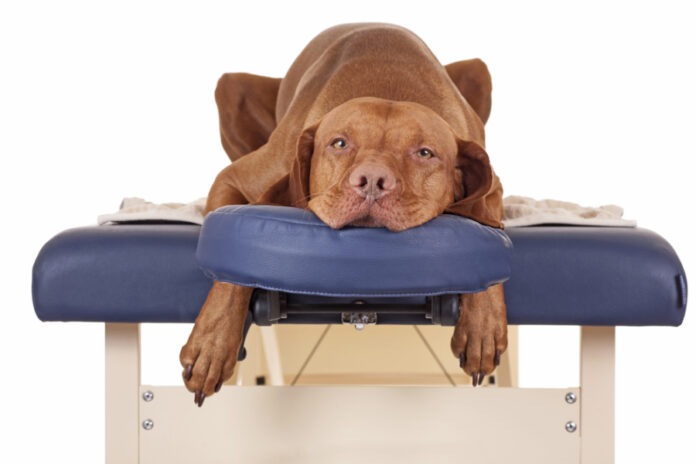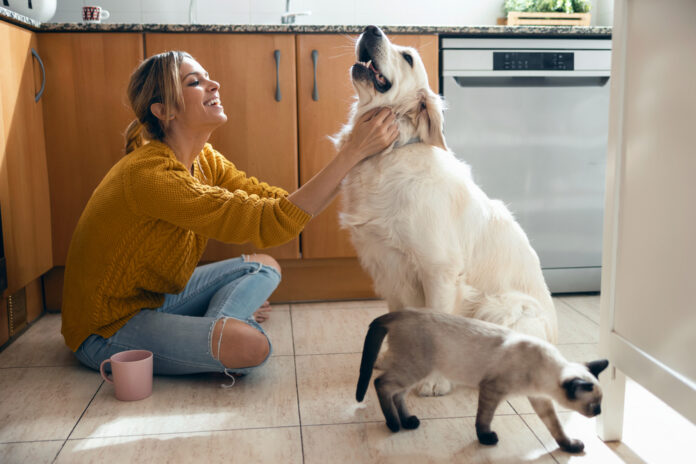Weight Management for Dogs: Healthy Eating Habits and Exercise

Maintaining a healthy weight is essential for your dog’s health and happiness. Obesity in dogs can lead to many health issues, including diabetes, heart disease, and joint problems. At the same time, being underweight can cause malnutrition and a weakened immune system. Let’s talk about dog weight management, which combines proper nutrition and regular exercise.
Find Out if Your Dog Is Overweight
Lots of dog parents don’t know what a healthy body weight is for their pup. Dogs come in different shapes and sizes, so it’s difficult to know the perfect weight for every pup. Here are some signs of an overweight dog to help you assess your furry friend:
- Difficulty walking
- Easily getting out of breath
- Having a bigger and rounder face
- Thick and fatty neck
- Ribs can’t be easily felt when you run your hands along their side
- No obvious waist
Another resource is the breed standard set by the American Kennel Club. When your dog is 10 to 20% heavier than what’s recommended, you should take measures to drop the extra pounds.
How Does Obesity Affect Your Dog’s Health?
Obesity has a huge impact on your dog’s joint health, particularly on the hips and knees. Over time, the additional pressure causes wear and tear on the cartilage, resulting in joint diseases like arthritis. Dog weight management is even more important with breeds that are prone to hip dysplasia and similar joint issues.
Besides hip and joint problems, obesity can cause other issues, including:
- A shorter lifespan, especially if they eat an unhealthy diet
- Heart and breathing problems: fat can build up in the chest and around the airways
- Hormonal disease and insulin resistance
- Increased risk of ligament rupture and arthritis
Portion Control and Healthy Eating Habits
Healthy weight is dependent on two factors: physical exercise and a healthy diet. When it comes to diet, the big mistake pet parents make is overfeeding treats.
Treats are great for training but opt for healthy snacks. You can also use dog food for training. This way, you give your pup lunch/dinner during training. Treats should only account for about 10% of their daily calories.
Another common mistake is thinking every food is the same. Look at the label to find out how much food your adult dog needs.
Here are some other tips for maintaining a healthy adult weight:
- Choose high-quality dog food
- Add fresh fruits and vegetables to your dog’s diet
- Avoid feeding table scraps
- Provide plenty of fresh water
How Much Exercise Does Your Dog Need?
The second part of maintaining a healthy dog weight is physical exercise. The amount your dog needs varies depending on breed, age, size, and overall health. But every dog needs at least 30 minutes of exercise per day—even couch potatoes like Pugs and Bichon Frisés!
Exercise can include walking, running, playing games, or even going for a hike. Working, sporting dogs, and herding dogs like Border Collies and Australian Shepherds need even more exercise to keep them physically and mentally stimulated.
If you’re looking for a laid-back dog, less energetic breeds include the Bulldog, Basset Hound, Shih Tzu, Cavalier King Charles Spaniel, Great Dane, Italian Greyhound, and more.




